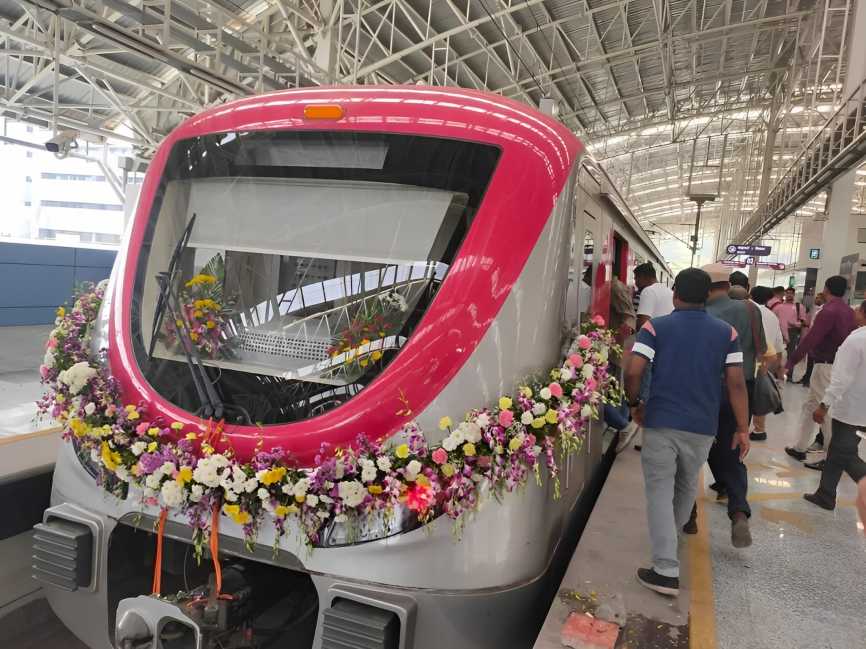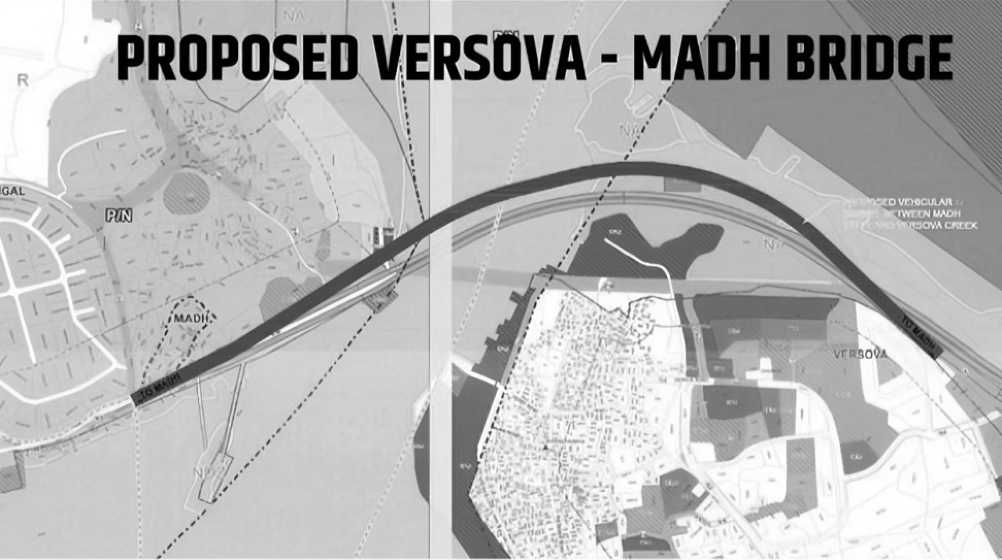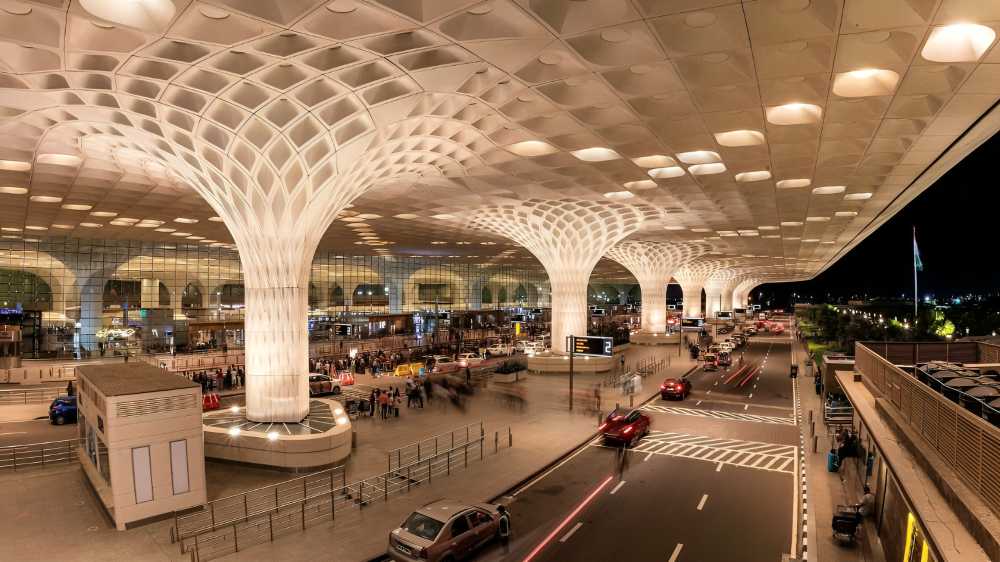Navi Mumbai’s aspiration for an integrated, green, and future-ready transport system is fast becoming a reality with the extension of Metro Line 1 towards the upcoming Navi Mumbai International Airport (NMIA). This vital project, currently underway by the City and Industrial Development Corporation (CIDCO), marks a significant step in India’s climate-aligned urban mobility strategy.
The metro extension adds 3.02 km to the existing 11.1 km Line 1, linking Pendhar to NMIA via the strategically located Sagarsangam interchange. This development is part of a larger 25 km metro vision aimed at connecting key residential, industrial, and transport hubs across Navi Mumbai. Since its operational launch in late 2023, Line 1 has quickly become a daily essential for commuters across CBD Belapur, Kharghar, and Taloja MIDC. The new stretch will further streamline air travel connectivity and reduce traffic congestion.
A senior CIDCO official explained that future scalability has been built into the system’s design, including a central Operations Control Centre for real-time monitoring and a simulator-based driver training system. “This ensures not only passenger safety but also adaptability as the metro expands,” the official added.
Looking ahead, CIDCO is advancing plans for Metro Line 2—a proposed 15 km route from Pendhar to the eastern section of NMIA. This line will enhance connectivity to densely populated PMAY housing clusters and the Taloja MIDC industrial zone, reducing commute times for thousands of workers and boosting regional productivity.
Among CIDCO’s most ambitious proposals is Metro Line 8, a 35 km cross-city connection between NMIA and Chhatrapati Shivaji Maharaj International Airport (CSMIA) in Mumbai. The corridor, featuring both elevated and underground sections, will pass through strategic nodes like Kurla, LTT, Mankhurd, Vashi, Nerul, and Belapur. Once completed, it is expected to drastically cut travel time between the two airports and offer a sustainable alternative to road travel for frequent flyers and business commuters.
Experts in sustainable mobility describe the metro expansion as a “game changer” for the Mumbai Metropolitan Region (MMR). The project embodies principles of Transit-Oriented Development (TOD), ensuring economic, social, and environmental progress is built around a strong public transport backbone.
CIDCO’s phased approach—progressing from Line 1 through to Lines 2, 3, 4, and eventually Line 8—ensures that metro growth stays in sync with Navi Mumbai’s evolving urban footprint. The focus is on equitable infrastructure roll-out, encouraging job creation, better mobility, and reduced vehicle reliance for local communities.
In line with Maharashtra’s climate goals, the metro initiative is anchored in zero-emission, electric-powered transport. The network uses regenerative braking, energy-efficient systems, and solar-powered stations to significantly cut carbon emissions compared to private vehicles or diesel-powered buses.
However, urban planners caution that the long-term success of the initiative hinges on effective last-mile connectivity. Without accessible feeder services—such as local buses, shared mobility, and dedicated cycle tracks—the metro’s potential may not be fully realised.
As Navi Mumbai readies itself for a future as a climate-smart and economically dynamic city, its metro project offers more than just a faster ride to the airport. It sets a precedent for how cities can move, grow, and thrive in the age of climate urgency.
Source: Urban Acres





